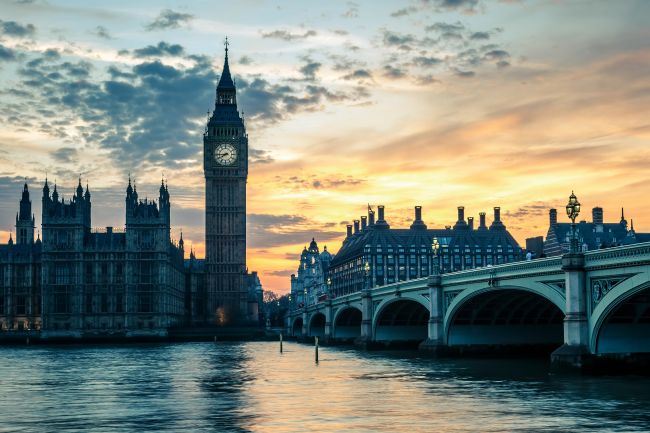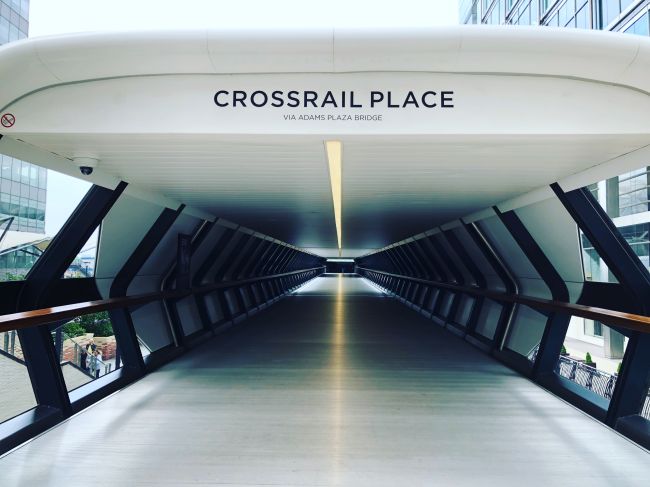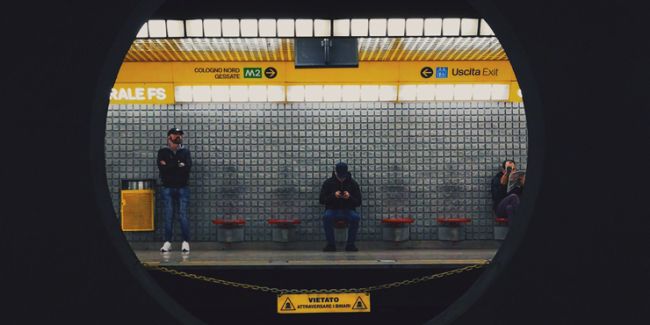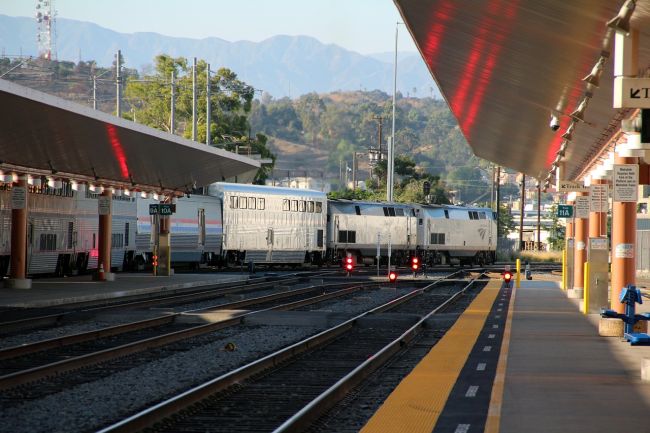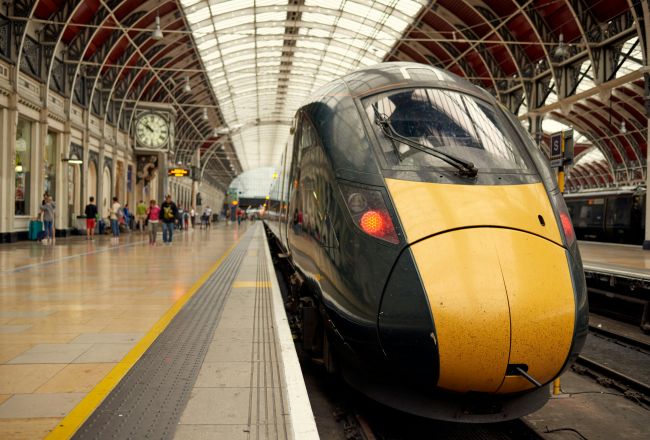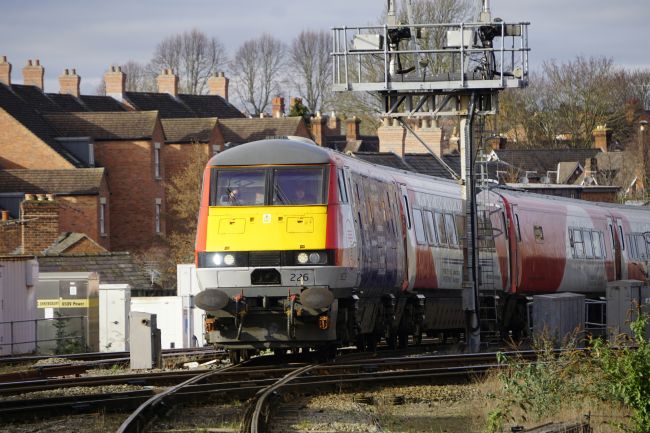Reinstating rail services
Due to the COVID-19 pandemic, it has not been possible to introduce significant service changes.
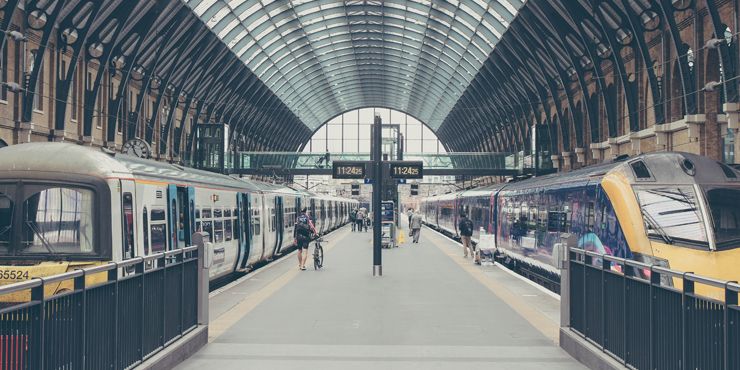
Great Britain’s railway timetables normally change twice a year, in December (in step with other railways across Europe) and in May. The planning process, set out in the industry Network Code, takes over a year, and sometimes longer for major change, and is an opportunity to change the timetable to deal with services which do not work well; planned engineering works; emerging passenger demand; commitments made in franchises; expected changes to track, electrification and signalling infrastructure; the redeployment and modification of rolling stock; the arrival of new fleets; and the introduction of wholly new services.
The arrival of COVID-19, first detected in the UK in late January, led to short-term major changes to the timetable. The growing number of cases increasingly affected both the demand for rail travel and the number of healthy and non-isolated staff available to operate them and perform the less visible roles such as control, service planning and signalling. Passenger numbers had already fallen 70% when, on 23 March, the government announced a stay-at-home ‘lockdown’ accompanied by measures including the suspension of rail franchises and plans for an immediate reduction in services.
Operators immediately began cutting back services, often halving frequencies from four to two, or two to one, trains per hour. Some routes were operated as self-contained local shuttles, and others were closed completely. By early April the process was largely complete, and some services have since been adjusted where resources permit and demand requires.
One benefit of each train carrying fewer passengers, and sharing track with fewer other trains, is that trains are rarely delayed and, when they are, they are less likely to delay others. On 30 March the reduced railway reported a 100% on-time performance, which has since been repeated several times.
The railway has reached a workable new normal, with fewer staff reliably operating a simpler, slimmed-down service. It carries relatively few passengers, but allows essential workers, including NHS and care staff, and those providing other essential services, to get between home and work. Passengers have a longer wait for trains and connections, but when they arrive they are on time.
However, lockdown will not last forever and, sooner or later the railway will be asked to carry more passengers. It’s not clear when this will happen, how many passengers will appear, or at what times they will want to travel.
Managing service recovery
All transport industries are subject to unexpected shocks from which they will need to recover. Airlines talk about the 1973 oil crisis, the Gulf war, 9/11, the global financial crisis and the Eyjafjallajökull eruption, and have dealt in the past with SARS, avian flu and MERS. Railways have dealt with the need for systematic checks after accidents, such as the 1998 Eschede accident in Germany, resulting from fatigue in the wheels, and the 2000 Hatfield accident in Great Britain, resulting from fatigue in the rails. Replacement of the wheels in Germany took weeks and inspection of the track in Great Britain took months, but it was a year or more before passenger demand returned to normal.
Airlines typically see relatively slow recovery because they serve business and leisure markets, and it can take months before passengers have the invitations, confidence or time required to start to travel again. Railways also serve business and leisure markets, but a large part of their business is commuting, or routine local travel within an urban area or conurbation. Unlike air passengers, commuters do not make reservations weeks or months in advance which reveal exactly when and where they will travel. In contrast, once told to return to work, or permitted to travel across a city to a specialist shop, people may start to do so within days.
COVID-19 therefore presents the rail industry with a new problem, for two principal reasons. First, while long-distance leisure travel may recover slowly, as people become able to visit relatives, or to take a short break, commuting may return rapidly following a government announcement that restrictions are being removed. Second, the critical issue is to ensure that the number of people infected with COVID-19 does not grow, which means a combination of people spending less time among strangers, at greater distances, or with greater protection, than has been the norm on public transport.
Countries and cities ahead of the UK in the pandemic cycle have tended to announce the lifting of restrictions two or three weeks ahead. Belgium announced on 16 April its plan to ease the lockdown from 3 May, with passengers expected to wear masks. Perth in Australia announced on 17 April that local rail services would be expanded from 4 May, but would still not revert to a normal service. Paris announced on 20 April that the lockdown would be eased from 11 May, but train and Métro services would only operate at around half the normal levels, due to staff absence because of sickness, self-isolation or childcare responsibilities. Passengers must carry a document confirming their hours of work, and wear masks, which employers must supply to their staff.
On 10 May the Prime Minister announced changes to the rules in the UK. “To ensure you are safe at work we have been working to establish new guidance for employers to make workplaces COVID-secure. So work from home if you can, but you should go to work if you can’t work from home. And when you do go to work, if possible do so by car or even better by walking or bicycle. But just as with workplaces, public transport operators will also be following COVID-secure standards.”
It is not clear how many people will return to work, or how soon, or how many will do so by car, walking or bicycle. The railway will need to deal with the demand as and when it emerges, over a timescale likely to be short compared with the time required to change a railway timetable. What will the railway be able to do to prepare?
What is clear is that it will not be possible to introduce significant service changes. The focus will therefore have to be on continuing the existing timetable, but introducing small-scale improvements, improve performance and meet emerging demand and new working challenges, such as increased dwell times. Once the timetable comes back to full capacity, potentially as early as June 2020, it is likely that this base will continue to operate until December 2021 with relatively small amendments.
Managing stations and ticketing
The railway has plans to manage large crowds at stations, including for recurring major events at major stadia. These have also been adapted and implemented effectively during long-distance cycling tours, where patterns of spectator trips are highly unpredictable, and the 2012 Thames Diamond Jubilee Pageant and Olympics. Their focus, however, tends to be on managing where crowding and queueing take place, rather than reducing their density. This is a distinct challenge, and is likely to be difficult at stations with limited circulating space, including those which are largely or wholly enclosed or underground, as in Glasgow, Liverpool, Birmingham and London. A particular issue is likely to be interchange stations, where passengers alight but do not disperse, and platforms where passengers both board and alight in large numbers, such as platforms 13 and 14 at Manchester Piccadilly.
Some long-distance trains could become reservation-only, with passengers allocated seats at certain minimum spacing, but this is likely to reduce their effective capacity to around one-fifth of the number of seats, and might still require a one-way system for alighting and boarding. Reservations could not be applied on shorter-distance commuter, suburban and urban services, where they would be impractical.
Some tricks may be available to reduce density. Ticket barriers may be left open with passengers encouraged to use contactless, or to buy barcode tickets online, or to wait further apart at ticket machines or ticket offices. Passengers can be reminded to disperse along the platform, to stand back from the doors until others have alighted, to stand further apart on escalators and stairs, and to use all available exit routes. In some stations it may be possible to impose a one-way system to avoid having conflicting flows on stairs or through passageways or ticket barriers.
Keeping barriers open can also be applied to doors in stations, which could be held open so that they do not have to be touched. More attention will also be paid to cleaning of trains and stations, including door fittings and surfaces which are regularly touched, such as handrails and grab poles. Operators will also need to follow emerging guidance from the public health authorities.
However, only so much can be done on trains and inside stations, and the railway may also require support from the authorities responsible for the spaces around stations to manage demand. Car parks can be closed and used as waiting areas. Road closures can allow bus stops and taxi ranks to be relocated to where waiting space is available, and temporary one-way systems can be introduced to separate arriving and departing passengers.
We are entering an interesting and challenging time, where our railway will be measured by the ability to deliver a robust service for passengers. Performance and delivery will be open to public scrutiny and challenge in ways we had never imagined. Now is the time to pause and consider what sort of service we want to offer to our passengers and ensure that it has the durability to last until we can next make changes.
